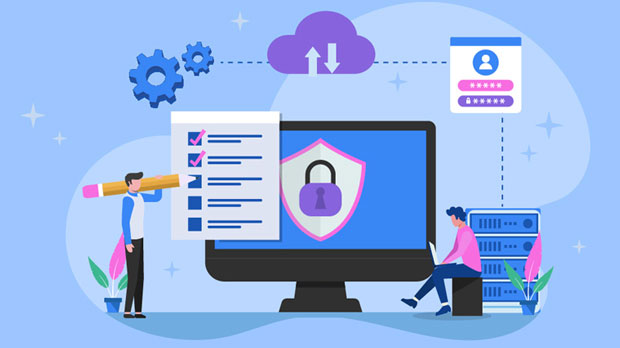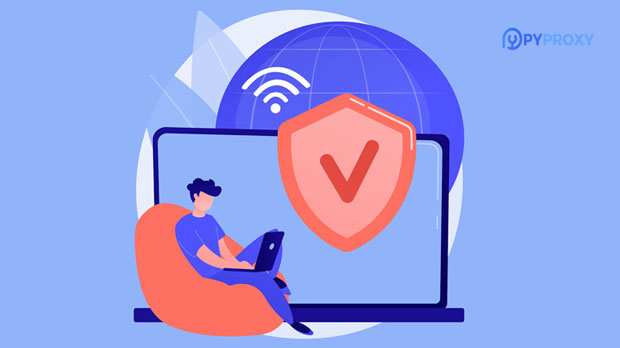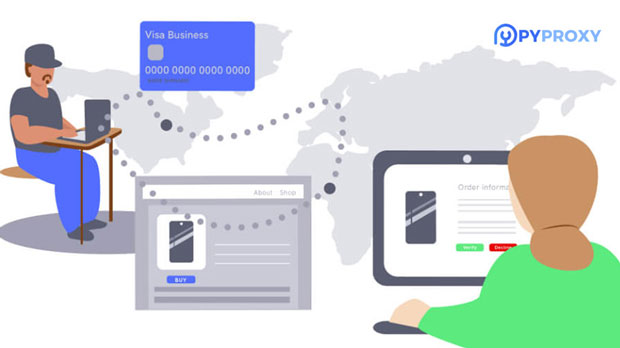Do free IP proxies affect online privacy and anonymity?
In the current digital age, concerns regarding online privacy and anonymity have become increasingly prevalent. Many individuals use ip proxies to enhance their privacy while surfing the internet. Among these, free IP proxies are often seen as a cost-effective solution to mask one’s identity online. However, the use of free IP proxies raises important questions about their impact on privacy and anonymity. In this article, we will explore how free IP proxies may affect the level of security and privacy for internet users, and whether they are reliable enough to maintain anonymity in an increasingly monitored online environment. Understanding IP Proxies and Their Role in PrivacyBefore delving into the specifics of free IP proxies, it’s important to understand the fundamental concept of IP proxies. An ip proxy acts as an intermediary between the user’s device and the internet, making requests on behalf of the user. It works by masking the user's real IP address with that of the proxy server, thereby anonymizing their online activities. This can help users evade geo-blocked content, circumvent censorship, and protect their privacy by preventing websites from tracking their real-world location.IP proxies can be broadly classified into two categories: paid and free proxies. Both types serve the same basic function, but they differ in terms of reliability, security, and privacy protection. While paid proxies are often viewed as more secure and trustworthy, free proxies come with certain risks, which may undermine users' privacy and anonymity.The Risks of Using Free IP ProxiesWhile free IP proxies may seem like an attractive option due to their cost-effectiveness, they come with significant risks that could compromise online privacy. Let’s take a closer look at some of the key concerns:1. Lack of Encryption Free IP proxies often lack robust encryption protocols, meaning that the data transmitted between the user and the proxy server may be vulnerable to interception. Without proper encryption, hackers or malicious third parties can access sensitive information such as login credentials, banking details, and personal messages. In contrast, paid proxies typically offer stronger encryption, which adds an extra layer of security.2. Data Logging and Tracking One of the biggest risks associated with free IP proxies is the potential for data logging. Many free proxy services track user activity for the purpose of monetization. This means that while the proxy might mask your real IP address, your browsing habits and personal data could still be collected and sold to third-party advertisers. This data collection compromises the very purpose of using a proxy—protecting your privacy.3. Unreliable and Overloaded Servers Free proxy servers often experience heavy traffic due to the large number of users relying on them. This can lead to slow internet speeds, unreliable connections, and frequent downtime. Additionally, free proxies may not have sufficient resources to handle high-demand traffic, leading to a less-than-optimal browsing experience. In some cases, these servers may even redirect users to malicious websites or inject unwanted ads into web pages, further compromising user privacy.4. Exposure to Malware Free IP proxies can also pose significant risks in terms of malware and cybersecurity threats. Some free proxies may be set up by cybercriminals as a way to distribute malware. By using a free proxy, users may unknowingly download harmful software onto their devices, which can steal personal information, corrupt files, or damage system performance. Paid proxy services, on the other hand, are generally more trustworthy and take extra precautions to protect users from such threats.The Impact on AnonymityWhile free IP proxies can provide a certain degree of anonymity by masking the user's IP address, they are not foolproof. Internet activity is constantly monitored and analyzed by various entities, including internet service providers, government agencies, and websites. In many cases, even though a user’s IP address is masked, other forms of digital fingerprinting—such as browser cookies, device information, and behavioral patterns—can still be used to identify and track individuals.Free proxies often lack advanced features like IP rotation and advanced anonymization techniques, which are commonly found in paid proxy services. Without these features, users’ identities can still be easily traced by tracking their IP addresses or correlating their browsing habits. As a result, the anonymity provided by free proxies may be less secure compared to paid alternatives.Moreover, free proxy servers may not be configured to prevent DNS (Domain Name System) leaks, which can reveal the user's real IP address even when using the proxy. DNS leaks can occur when the proxy server fails to handle DNS requests securely, exposing the user’s location and identity despite using an IP proxy.Why Free IP Proxies Fall Short in Protecting PrivacyTo further understand why free IP proxies may not effectively protect user privacy, it’s essential to consider the business model behind these services. Free IP proxies are often offered by providers who need to generate revenue somehow. As a result, these services may rely on advertising, selling user data, or even introducing malicious software to their users. Since free proxy providers are not focused on providing a secure service, there is little incentive for them to invest in the infrastructure and security measures required to ensure privacy.Additionally, many free proxy providers may not have clear privacy policies or terms of service, which means that users have no way of knowing exactly how their data will be handled. This lack of transparency raises significant concerns about how user information may be shared or sold without consent.Conclusion: Is It Worth Using Free IP Proxies?Free IP proxies may offer a quick and easy way to mask your IP address, but they come with a range of risks that can severely impact your online privacy and anonymity. From data logging and potential exposure to malware, to unreliable service and lack of strong encryption, free proxies are far from ideal for anyone seeking genuine privacy protection.If you are serious about maintaining your online anonymity and safeguarding your personal information, it’s worth considering paid alternatives that offer better security, privacy, and reliability. Paid proxies are generally more secure, provide stronger encryption, and are less likely to compromise your data. Moreover, they are often equipped with advanced features designed to enhance privacy, such as IP rotation and DNS leak protection, making them a more reliable choice for users who prioritize online security. Ultimately, when it comes to protecting your privacy online, the cost of a paid proxy service may be a small price to pay for the peace of mind it offers.
2025-02-03

























































